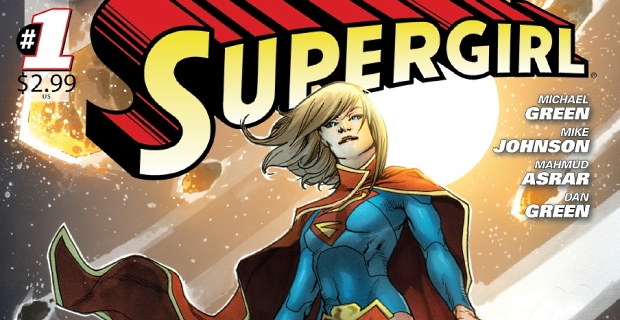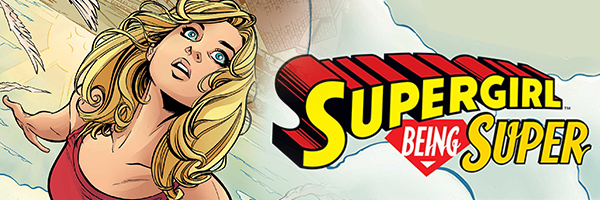
So yesterday the final issue of the Justice League vs Suicide Squad crossover event was released. The final chapter to the first major event of the DC Rebirth universe is now in the bag. Overall, it was an enormously entertaining book and the art was really great.
That being said, while I definitely enjoyed it, I can’t deny that the plot of the entire event was extremely basic. The dialogue was good, but the plot was pretty simple. The Justice League discovers the existence of the Suicide Squad. Amanda Waller sends the SS on a mission. The two teams collide and fight, only to find out there’s a larger enemy on the move and so they unite to take out the uber bad guy and end up becoming friends. And in the end, an unsuspecting “villain” becomes the hero who saves the day.
Don’t get me wrong, it’s a fun read and the chemistry between the characters is very well written. The specifics inside the plot is done well, but the plot itself is a bit bland when you spell it all out.
On my Goodreads profile I rated the book 4 stars because I did thoroughly enjoy it and would recommend it. I actually would have given it 3 stars but because the first and last issues were so strong I gave it a 4. The first two issues were actually crazy good, but toward the middle it started to get a little dry (issues #3 & #4). By issue #5 it started to turn itself around and the final issue was a great conclusion (despite the predictability).
One of the things I liked, as stated above, is the chemistry between the characters. The personalities of each character really stands out in this book and you really get a good sense comradery between the two groups by the end. I was also excited to see Killer Frost play such a big role in the story. KF has been pretty irrelevant of late, but with her recent role in the Flash tv show it was nice to see Caitlin get some love.
As a whole, this book, all 312 pages, is a big success. The six main issues (JL vs SS #1-#6) are really good, despite some blandness during the middle issues, and the tie-in issues (SS #8-#10 and JL #12-13) fit very nicely alongside the main story. Suicide Squad #10 is actually an epilogue to the story which serves as very good prelude to what will likely be the next story arc in the Suicide Squad rebirth series (which has been very good). The writing is good, the character dynamics come out nicely, and the artwork is really nice. So despite the pretty generic plot outline, Justice League vs Suicide Squad definitely lived up to the hype.
Rating: 7.5/10
–M



